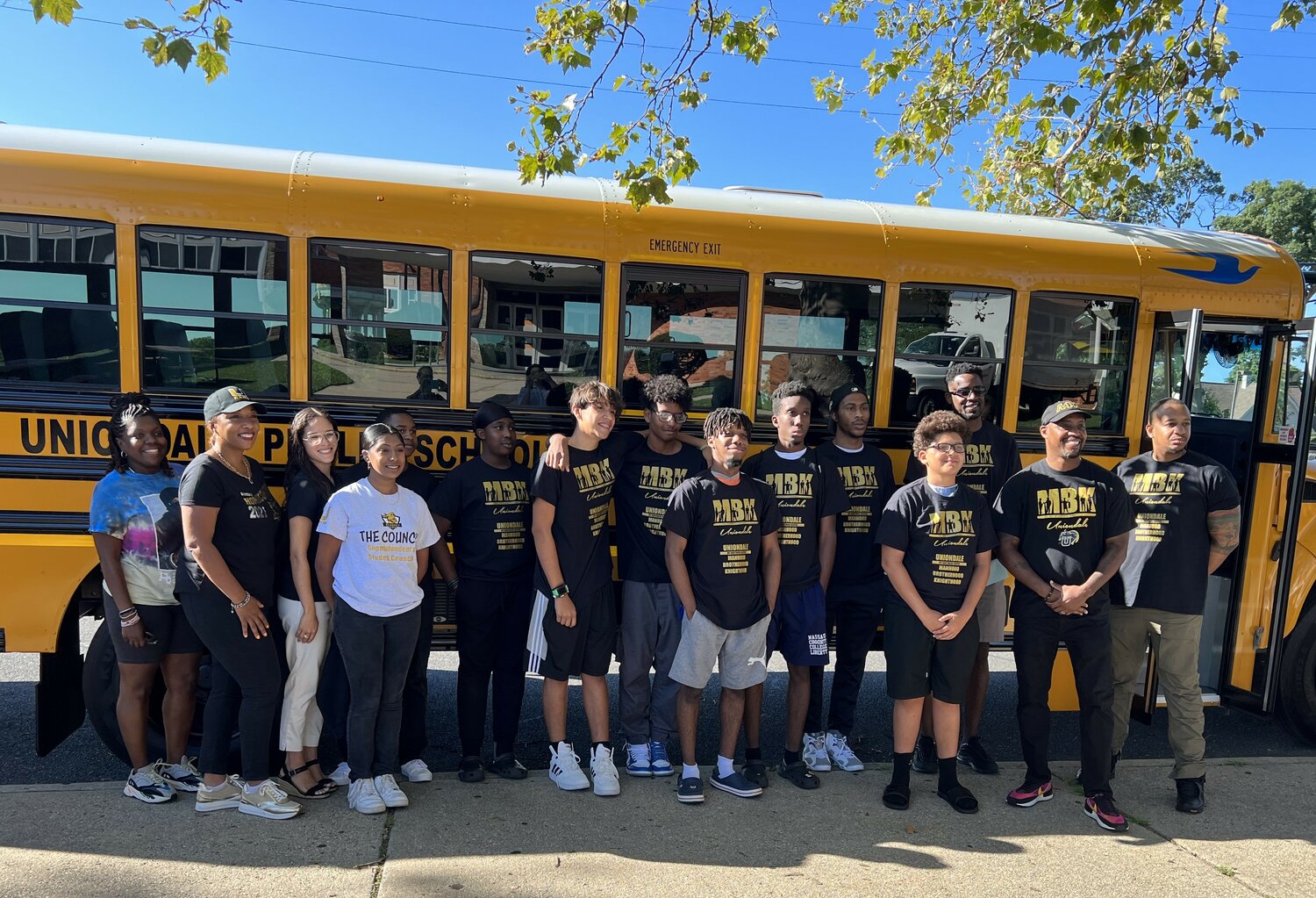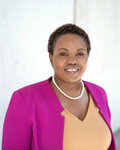Uniondale Superintendent responds to ERASE Racism report
Report spotlights educational inequities, suggests solutions
A recent report from the social justice organization ERASE Racism addressed educational inequities in Long Island school districts, and called for increased funding in “intensely segregated” districts that have 90-100% students of color.
Titled “Enough is enough! 15 years of growing educational inequities on Long Island,” the report examines how long-standing patterns of segregation on Long Island have led to a concentration of higher-need minority students in 11 of the island’s school districts, one of which is Hempstead.
According to the report, intensely segregated school districts have a much higher proportion of multilingual learners and economically disadvantaged students than school systems with a more equitable racial and economic distribution.
The report recommends that the state and federal funding formulas provide double the per-pupil funding for these districts, to pay for teachers and for extracurricular programs that too often are beyond the means of struggling families.
Long Island’s patchwork of 127 school districts compounds racial and economic segregation, because students must attend the schools within their district.
“Combining districts would reduce segregation and the taxes for property owners in high-need districts,” said Laura Harding, president of ERASE Racism. “But as long as there are separate districts, compensatory funding should be done in the high-need districts.”
Dr. Monique Darrisaw-Akil, superintendent of the Uniondale school district, agreed that Long Island’s history of segregation has left Uniondale with a high ratio of students of color, but said she didn’t want the entire district stereotyped as less capable than other districts.
“Our district is economically and culturally diverse,” said Darrisaw-Akil. “We do have families very involved in everything that happens in their child’s lives, including school, and who make themselves present in committees and district events. We also have families that are working and are not as available for a school trip or for after-school activities.”
With recognition that all students are important, Darrisaw-Akil’s approach to keeping every family in the loop is multi-pronged.
“We engage by emails, social media, the district website, snail mail, and phone calls,” said Darrisaw-Akil. “We maximize opportunities like student performances, and parents get excited about coming in to meet their children’s teachers.”
When the district conducted a backpack and school supplies giveaway on Aug. 19, the event did not occur at Uniondale High School. Instead, Darrisaw-Akil and a batch of young volunteers, largely drawn from the district’s chapter of My Brother’s Keeper, rode a school bus to all the elementary schools in the district. Cheerleaders, band members, school board trustees, and teachers went along. Families lined up to accept the gifts and thank their benefactors in person.
Efforts like the backpack giveaway are the tip of a very big iceberg.
“We think about how we can supplement the general budget,” said Darrisaw-Akil. “We invest a lot in of time applying for grants.”
Two examples of grants obtained are the 21st Century Grant, a five-year program focused on extended-day after-school opportunities, delivering arts and sciences and recreation to young people after school, and opportunities to employ high school students; and Project Excel, from a federal grant called Project Prevent, which targets students who might have academic and social needs, through extended-day opportunities in all five elementary schools.
“We can’t serve every child,” said Darrisaw-Akil. “We could use more money for families that want that service.”
The district’s summer Passport to Innovation program mimics summer camp for students for whom summer camp is out of reach. The district also offers swimming classes on weekends and during the summer for little to no cost.
Partnerships with organizations such as the Uniondale Public Library, the Police Athletic League, STRONG Youth, and Morrison Mentors all add strength to the district’s offerings. Other community entities like the Uniondale Community Council use rooms in the schools to offer courses in basketball and dance.
“We have a patchwork quilt of services to meet the needs and close the gap,” said Darrisaw-Akil, “so our young people have leadership opportunities, homework assistance — things that would prepare them for the next step in life, to address whatever deficits might exist in our families to cover the gaps.”
The results are clear: an 85% graduation rate, a shade under the state average of 87%, but with the distinction that 93% of the graduating students applied to college.
“My whole point,” said Darrisaw-Akil, “is that when you look at communities of color, we are not a homogeneous set of circumstances. We have families that are highly educated, professors at Hofstra whose children attend our schools. Many of our graduates go on to postsecondary education, including at private, elite institutions.”
Answering the educational and social needs of every youngster in the 6,000-student district is the goal.
“We are a community of strivers,” said Darrisaw-Akil, “who want the best for their children and are doing everything to position their children for great opportunities in the future.”









